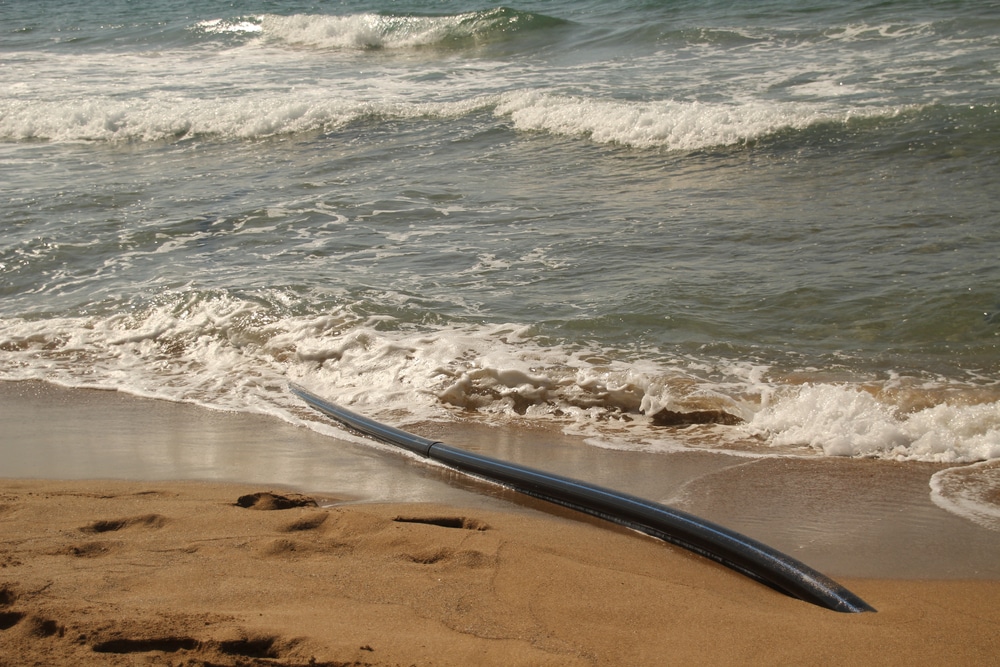(OPINION) The threat to undersea infrastructure, like every other threat just now, is increasing. Only a few weeks ago the Houthis, so adeptly disrupting commercial shipping in the Bab el Mandeb chokepoint, declared that they were going to add undersea disruption to their playbook. They said they would target the submarine cables that run through the Bab el Mandeb between Asia and Europe.
Many commentators, myself included, thought that despite increasing Russian presence on the ground there – this is known from phone intercepts – the Houthis lacked the expertise to do this in a way that wouldn’t be immediately obvious while it was happening.
Reports yesterday, however, suggest that this judgement may have been premature.
As with all undersea disruption, establishing what has happened is hard. For example, it isn’t clear yet whether it was four separate cables (belonging to AAE-1, Seacom, EIG and TGN) or just one that was severed.
Internet monitoring firm NetBlocks confirmed services in Djibouti have been disrupted. Seacom likewise reports ‘cable issues’ but apportions no blame.
Flag Telecom founder and telecoms entrepreneur Sunil Tagare said on his social media accounts that it was “confirmed” the cables had been cut – without saying where the confirmation had come from.
It should be noted that just one cable being broken would be quite likely to be just a normal mishap. Cable breaks happen all the time: there are more than a hundred every year.
The other critical information that is missing is ‘where?’. ‘Off the coast of Yemen’ isn’t particularly helpful when it comes to assessing the depth of water and therefore the complexity of the operation and thus who could have done it.
Are the breaks where the cable(s) come up the beach in Djibouti – which would limit any disruption ashore to that area – or was it in 100m of fast-flowing water beneath a (still relatively) busy shipping lane out in the strait?
The latter could mean noticeable disruption to all traffic between Asia and Europe, though one should note that there are other cables remaining in the Red Sea and it is also possible to route data south round Africa – or even round the world the other way.
Cutting cables where they come ashore would be trivially easy: it might be done by a ship or a small fishing vessel dragging a hook, and this might appear to be normal activity. The Iranian spy and weapons-shipment vessel MV Behshad has been anchored near Djibouti recently.
Cutting cables without being detected out in the strait would be much more difficult, probably a task for a specially equipped submarine: not a job for the Houthis or even the Iranians, probably.
For now, on this particular incident, we need to be cautious. It’s easy in situations like this for every glitch to start being pinned on it and before you know it, sabotage is ‘confirmed’.
The thing to remember is that whether the Houthis, Iranians or Russians (or a combination thereof) did or didn’t attack cables is less relevant than the fact that they have motive and are accelerating their capabilities in these areas. And who is going to want to take a ship in there to carry out the inspections and then repairs? Not me, unless it’s grey and heavily armed.








